The best lenses for vlogging: film the world and film yourself!
The best lenses for vlogging have to meet different needs to those for shooting stills. Here's what to look for
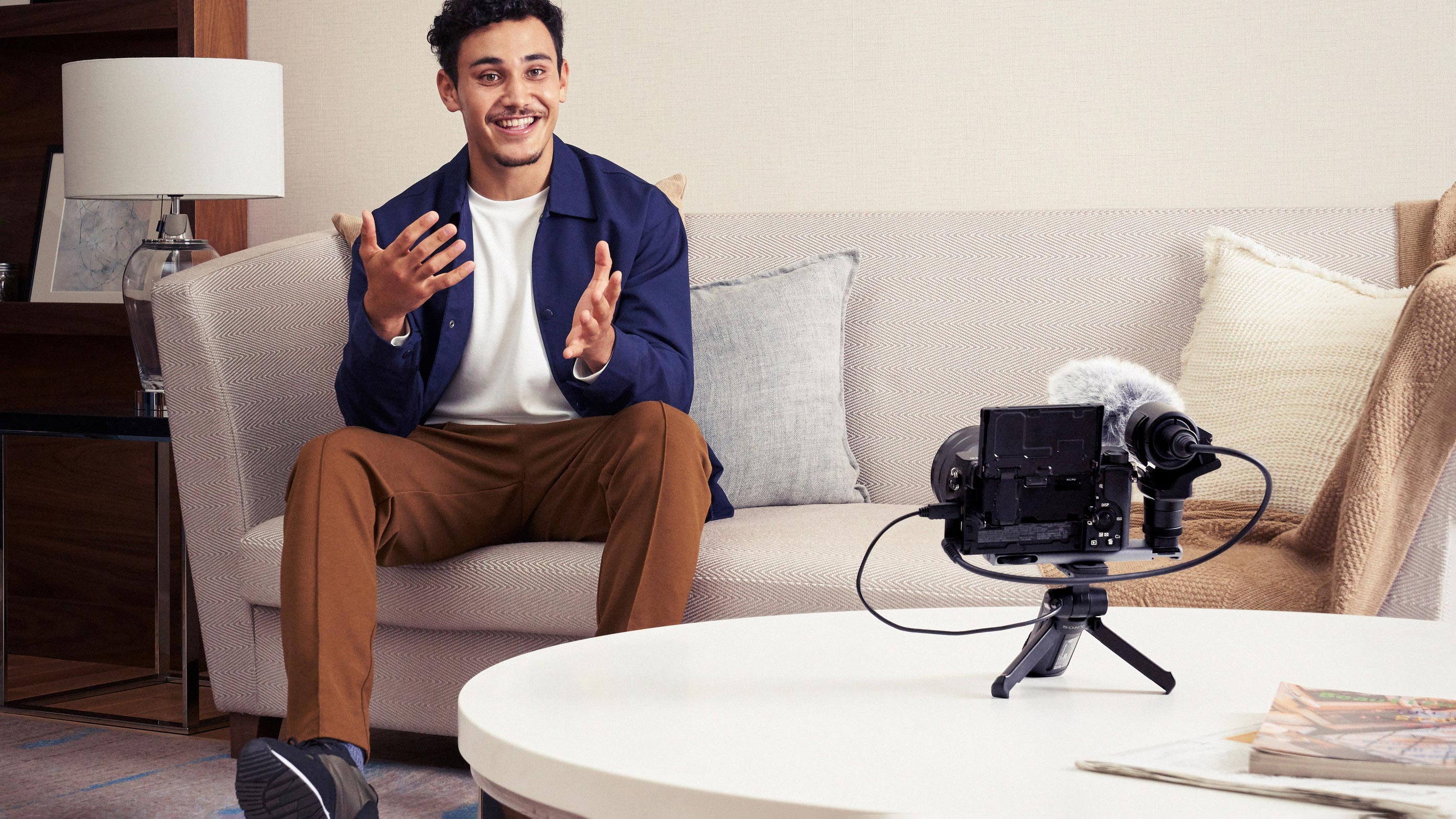
Choosing the best lenses for vlogging needs a bit of thought. You need to consider the kind of content you're creating – and how and where you're creating it.
When it comes down to it, choosing the best lenses for vlogging is arguably even more difficult (and important) than picking the best camera for vlogging. The kit lens that came with your camera may just about get the job done, but to give yourself more scope and a more professional look, you need to look at lenses that are designed for the job.
First up is the focal length or zoom range, as you’ll almost certainly want to film yourself talking to the camera. If you're shooting with a gimbal or a grip, you’ll be holding the camera at arm's length and no further, so you’ll need an ultra-wide-angle lens. Most zooms go no wider than an ‘effective’ 24mm in full-frame terms, which is barely enough, and too tight to get anything of your surroundings in the frame to give context to your shoot.
We're mostly sticking to APS-C and Micro Four Thirds systems for this guide, since we figure these are the most attractive to vloggers. You can vlog with full frame cameras, of course, and there are some relatively compact and lightweight lenses for Canon EOS R-system cameras that fit the bill, so we’ll cover those as well.
Best lenses for vlogging: Our top picks
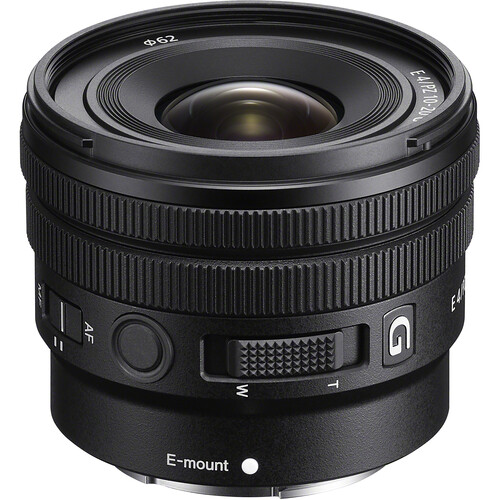
Very small and lightweight with a decent constant aperture of f/4 for better low-light image quality and more background blur, this is the best option for Sony vloggers. Read more below
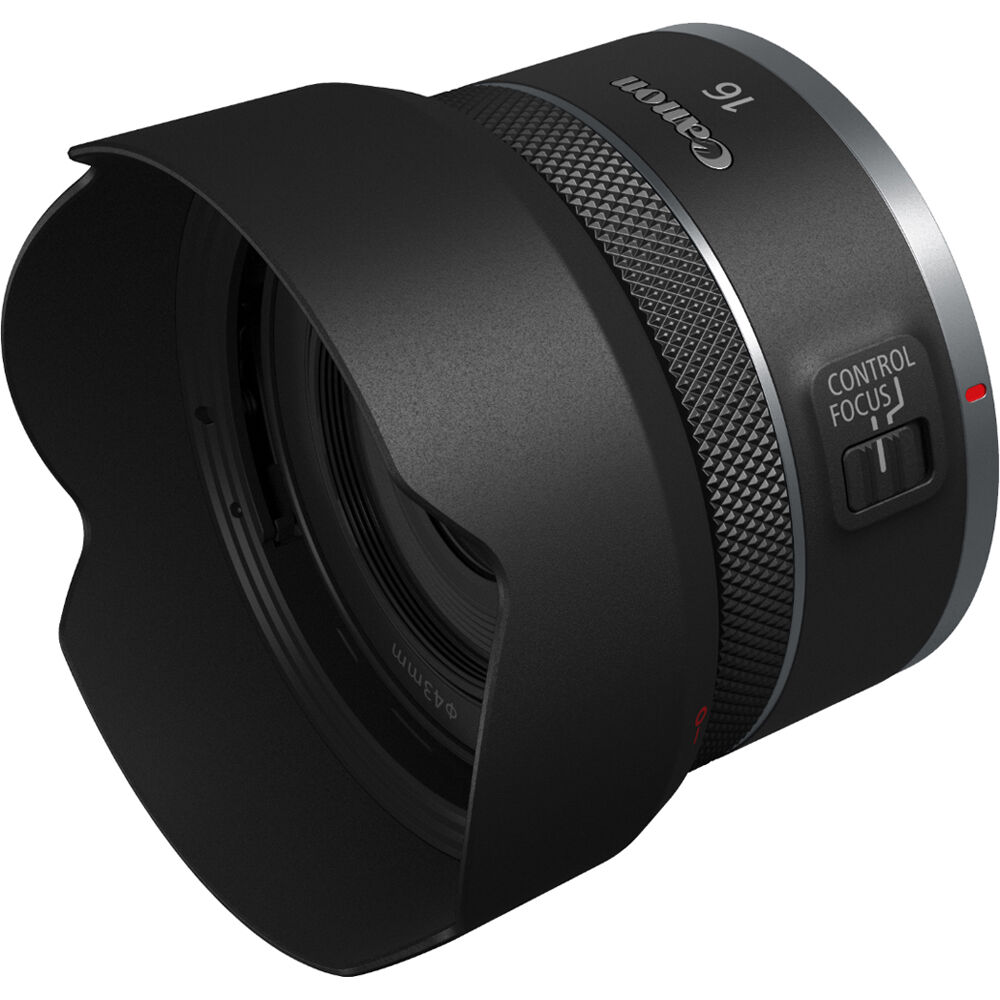
Our top pick for Canon vloggers is a prime lens that offers a wide aperture for professional-looking background blur in your videos. The lens is also so compact, moving about is easy. Read more below
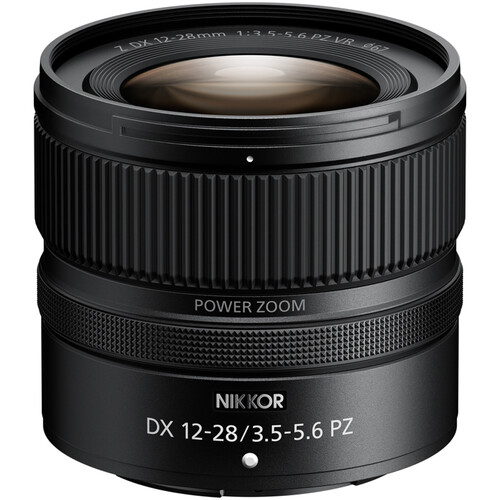
This wide-angle lens is great for Nikon vloggers, it also has a power-assisted zoom function, so you can get smooth zooms for more creativity and professional-looking footage. Read more below
The best lenses for vlogging in 2025
Why you can trust Digital Camera World
Best Sony power zoom vlogging lens
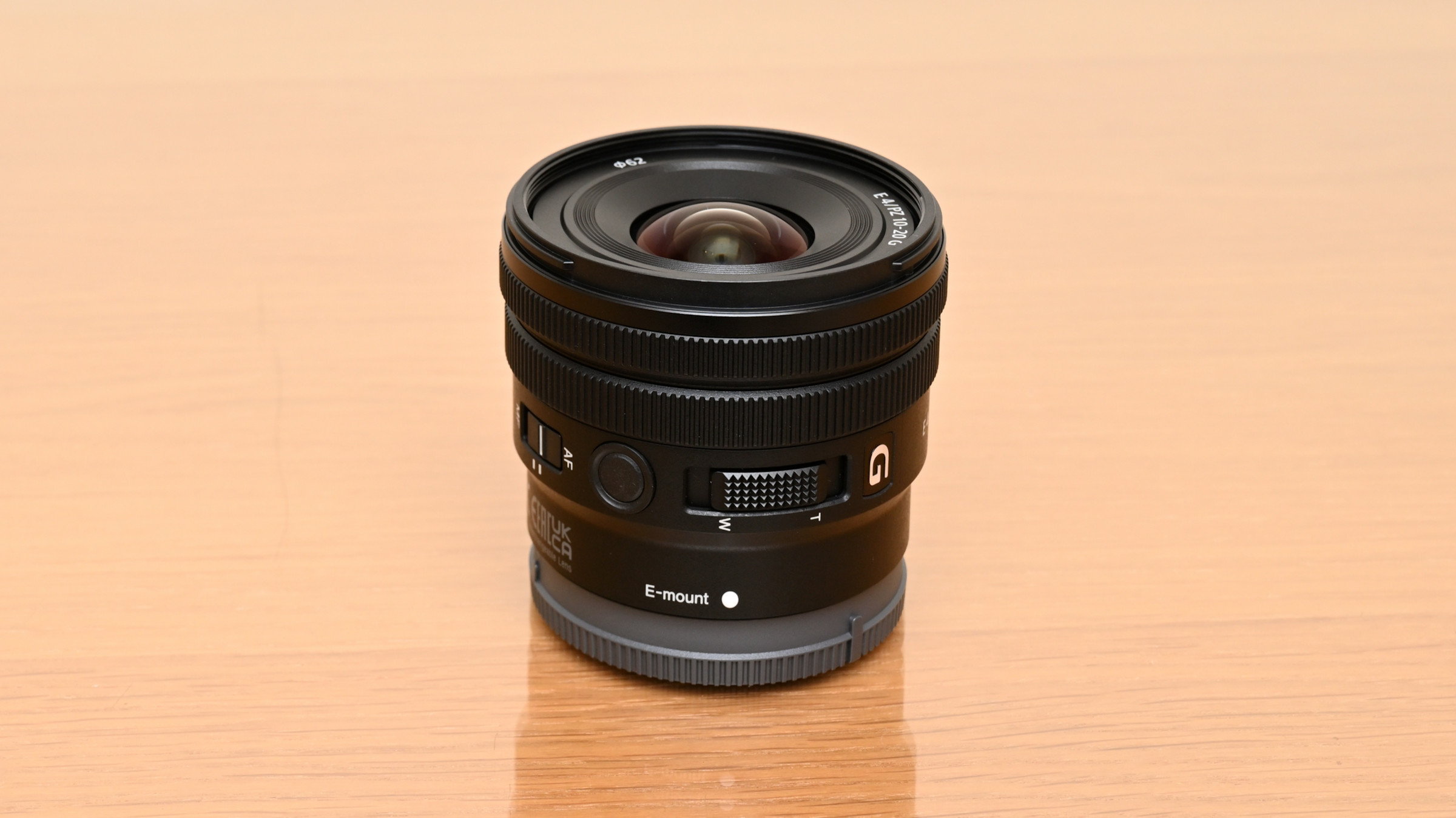
Specifications
Reasons to buy
Reasons to avoid
Sony cameras are usually sold with Sony's 16-50mm power-zoom kit lens, which is certainly compact, but while it's all right for getting started, it definitely has its limits.
This lens ticks all the boxes on our wish list for a vlogging lens. It gives a generously wide viewing angle at the short end of its zoom range, and a natural perspective at the long end. We love that going from one of the zoom ranges to the other, or anywhere in between, benefits from a motorized zoom mechanism that operates smoothly and in virtual silence, as does the autofocus system. We also like that it’s small and light, yet has a constant f/4 aperture rating. Image quality is really impressive with excellent sharpness, although the lens lacks optical stabilization. That can be an issue with older Sony cameras that lack IBIS, and it’s also pretty pricey to buy.
Read our full Sony E PZ 10-20mm F4 G review for more information
Best stabilized Sony vlogging lens
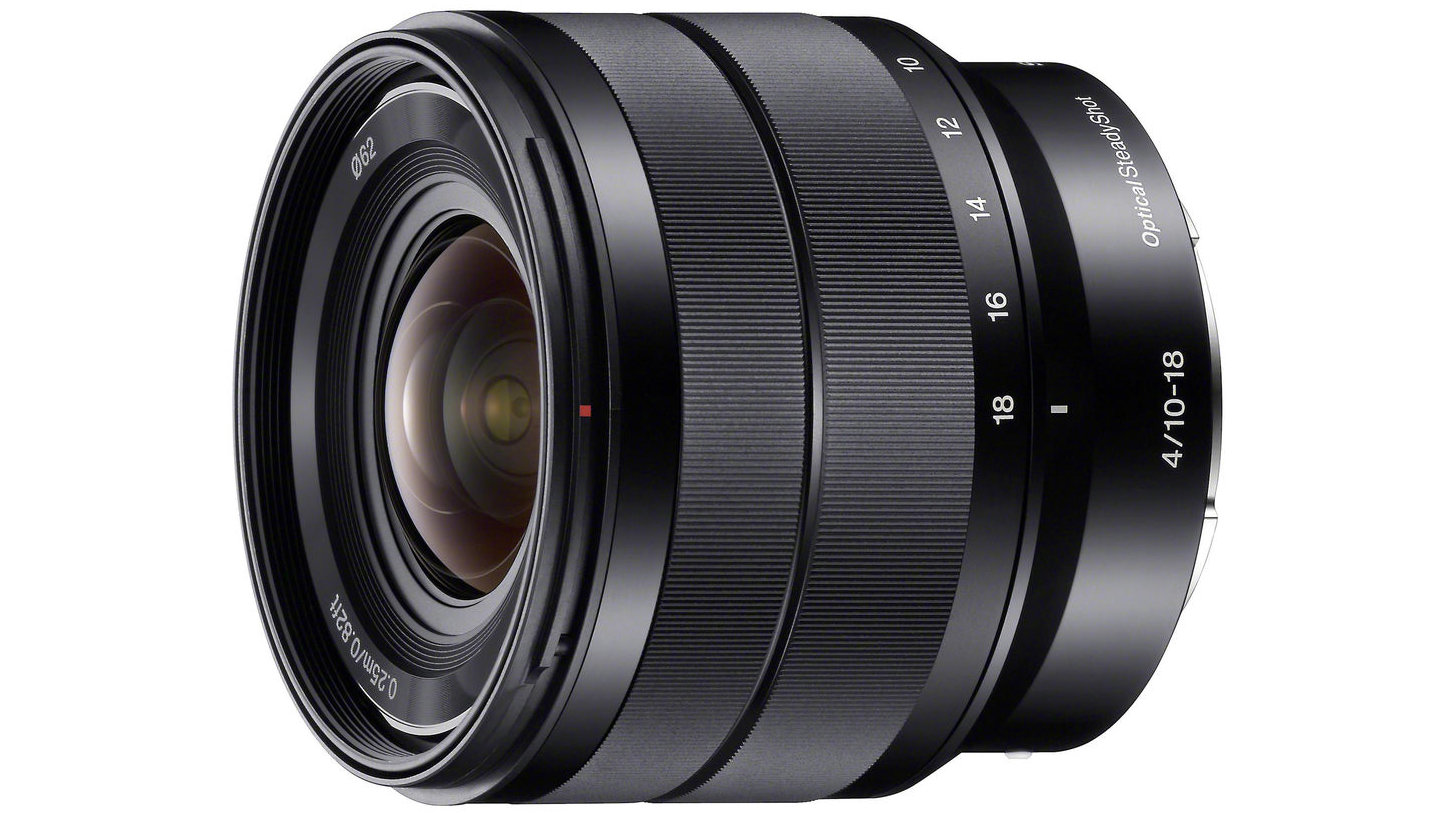
Specifications
Reasons to buy
Reasons to avoid
The Sony 10-18mm is fairly ordinary as a lens for stills, we really like it for vlogging. It’s been in Sony's catalog for a while, but the upsurge in vlogging has given this lens a new lease of life. Its ultra-wide-angle view is perfect for selfie vlogging and, indeed, it's a lens Sony recommended to us when we reviewed the ZV-E10 vlogging camera. We like that the constant f/4 rating makes it easy to zoom at the widest aperture without any changes, and that the built-in optical stabilization helps to keep handheld shooting steady. We’ve found the lens equally useful for filming in narrow city streets and interiors.
Read our full Sony E 10-18mm f/4 OSS review for more information
Best Panasonic power zoom vlogging lens
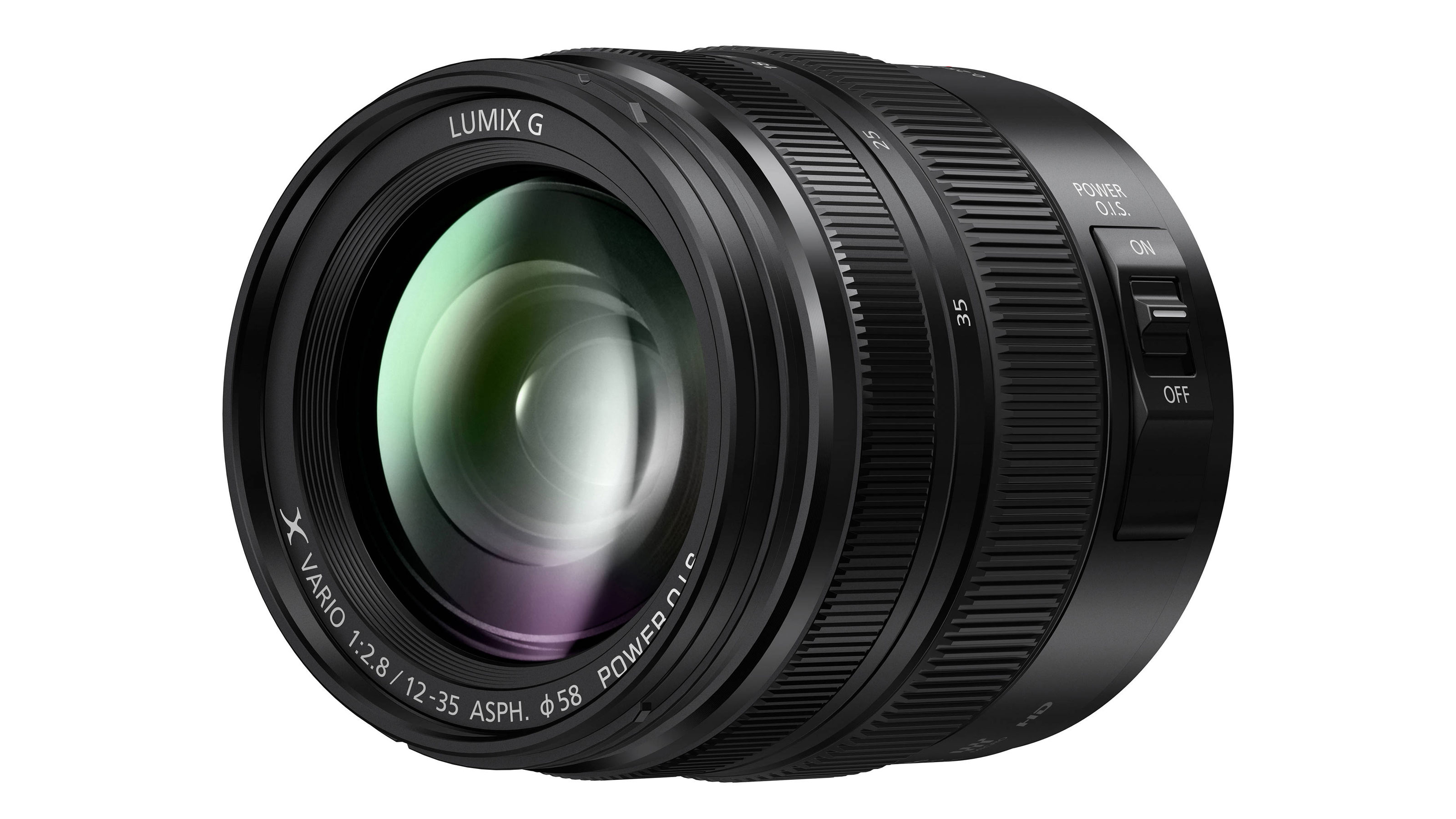
3. Panasonic Lumix G X Vario 12-35mm f/2.8 II ASPH. POWER O.I.S.
Specifications
Reasons to buy
Reasons to avoid
This is one of Panasonic's older lenses and often skipped these days in favor of the 12-60mm zooms. However, it has a lot going for it that these other lenses don't. We love that it’s so compact and lightweight, considering the effective 24-70mm zoom range with a fast and constant f/2.8 aperture. We’ve found it very easy to handle on a gimbal or mini-tripod. For use with a gimbal, we also love that the optical stabilization can hook into Panasonics Dual I.S. in-body stabilization, and that the zoom control is very light and smooth. We think we'd rather have this over the extra zoom range, heavier weight and variable maximum aperture of the 12-60mm lenses.
Best Panasonic vlogging lens for a wide angle
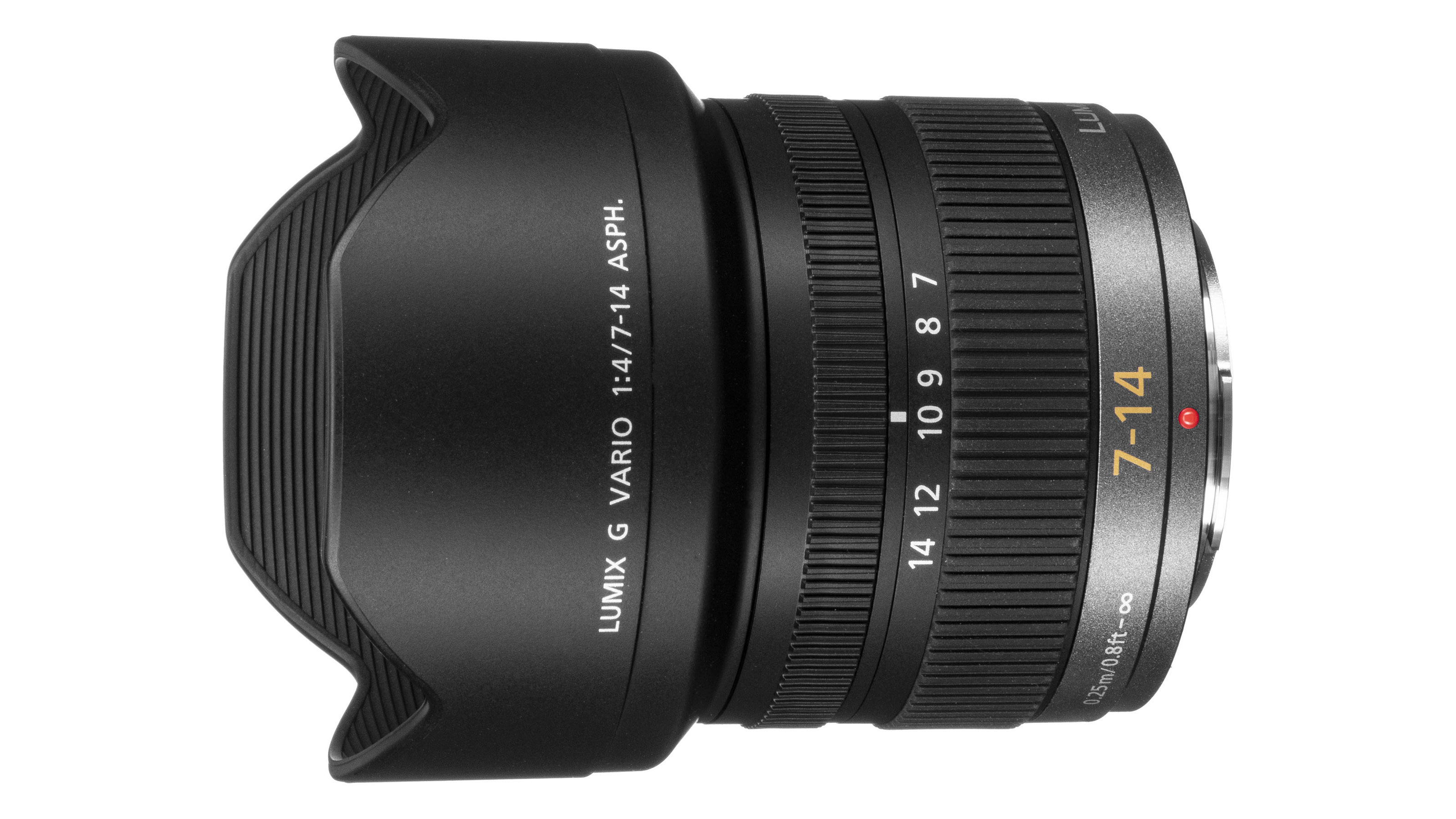
Specifications
Reasons to buy
Reasons to avoid
Surprisingly, there's not a big choice of compact ultra-wide zooms for MFT cameras. The Olympus 9-18mm is small but looks both pricey and old-fashioned to us, so this one’s our favorite. Olympus also does a 7-14mm lens, but it's an f/2.8 and a bit of a monster. So instead, we would pick the more compact Lumix G Vario 7-14mm f/4 ASPH for vlogging, both for self-filming and general vlogging use – and not just on Panasonic Lumix G cameras, but maybe Olympus MFT models too.
Read our full Panasonic Lumix G Vario 7-14mm f/4 ASPH. review for more information
The best Olympus vlogging lens
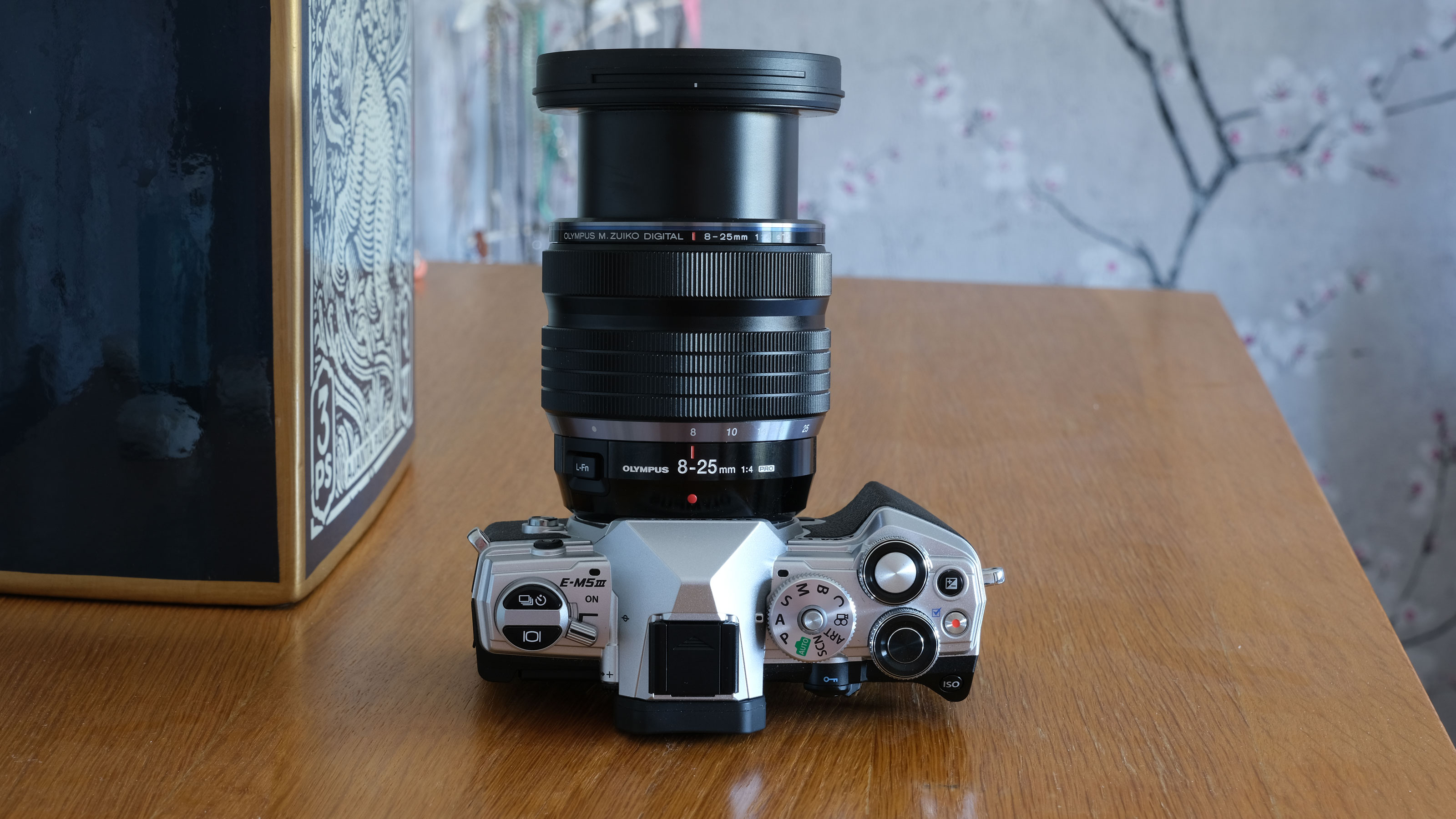
Specifications
Reasons to buy
Reasons to avoid
Smaller Olympus cameras come with a terrific little EZ 14-42mm (28-84mm equivalent) 'pancake' zoom which may be all you need, but it's likely that at some point you'll need lenses with a bit more range. We'll go a little left-field here and say that the two Panasonic lenses above are ideal mid-price and mid-weight choices on Olympus bodies.
If, however, you're happier working with slightly heavier lenses, the Olympus M.Zuiko Digital ED 8-25mm f/4 PRO is a bit on the large side but makes it well worth upsizing. We really like its equivalent zoom range of 16-50mm in full frame camera terms, so it works as both an ultra-wide lens and a standard lens, all in one package. We find we can shoot selfie-filming and regular shots without the hassle of swapping between lenses. Another upside is that it has a constant f/4 maximum aperture, and we like the fast and quiet autofocus and excellent optical performance. The only thing we’re not so fond of is that it’s pretty big and heavy for an MFT lens.
Read our full Olympus M.Zuiko Digital ED 8-25mm f/4 PRO review for more information
Best Fujifilm vlogging lens for versatility
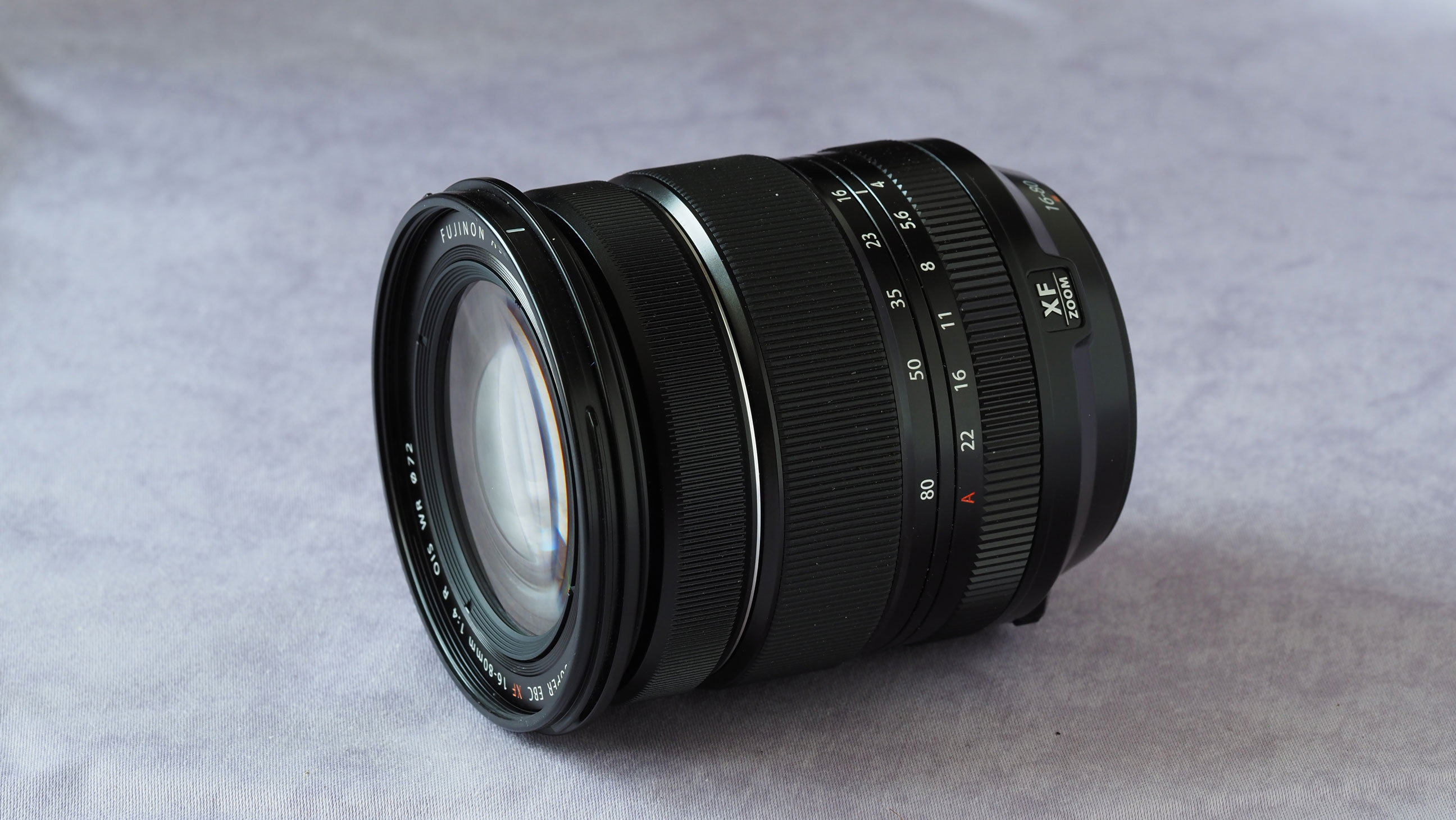
Specifications
Reasons to buy
Reasons to avoid
There are a number of Fujifilm standard zooms, including the 18-55mm f/2.8-4 (OK, but variable maximum aperture) and 16-55mm f/2.8 (good, but too big). This one, we think, is the most interesting. We’re fans of its generous zoom range, equivalent to 24-120mm in full-frame terms, and with a constant f/4 maximum aperture. We’re also impressed with the optical image stabilization, which we’ve found especially useful on bodies that don't have IBIS. All in all, we reckon it’s a great lens for everyday photography as well as for vlogging, with fast and near-silent autofocus.
Read our full Fujinon XF 16-80mm f/4 R OIS WR review for more information
Best wide-angle Fujifilm vlogging lens
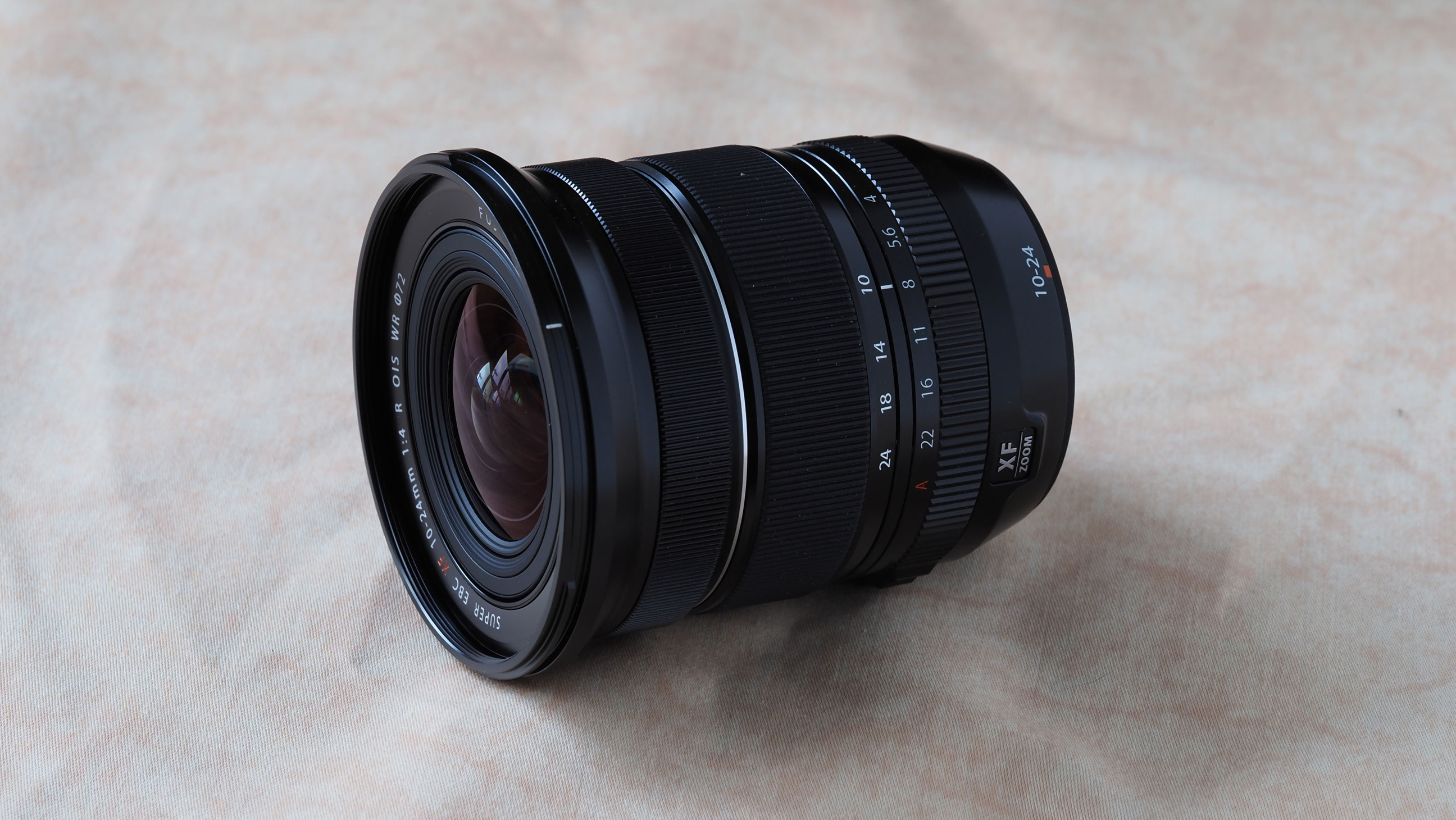
Specifications
Reasons to buy
Reasons to avoid
If you need to film yourself, which is pretty much essential for most vloggers, the XF 10-24mm f/4 R OIS WR is a great choice. It's a pretty big lens to go vlogging with, but we can forgive that as the Fujifilm lens range doesn't have anything smaller with this sort of zoom range. We like the constant f/4 maximum aperture, fast and quiet AF, and optical stabilization, which is a big help on various Fujifilm X-system cameras that don’t feature IBIS. The optical performance is good too, although we find the corners of the frame go a little soft at the long end of the zoom range.
Read our full Fujinon XF 10-24mm f/4 R OIS WR review for more information
Best Canon vlogging prime lens

Specifications
Reasons to buy
Reasons to avoid
We love that this lens is unfeasibly small and lightweight for an ultra-wide-angle prime that’s compatible with full-frame cameras. It’s even more impressive, considering the fairly fast f/2.8 aperture rating. We find it’s great for putting yourself in the shot and being able to capture a broad area of the background, giving real context to vlogging. We also like that the f/2.8 aperture enables a fairly tight depth of field for close-ups. One upset is that the lens (as well as the vlogging-friendly EOS R8 and EOS RP) lacks stabilization. On the upside, we find that the ‘Digital Movie IS’ electronic stabilization option works well with the lens using these and other EOS R-system cameras.
Read our full Canon RF 16mm F2.8 STM review for more information
Best Canon zoom lens for vlogging

Specifications
Reasons to buy
Reasons to avoid
Some of Canon’s lenses for its EOS R-system cameras have been criticized for being big and heavy, somewhat at odds with slimline mirrorless bodies in general, and for vlogging in particular. We like that this 24-50mm zoom bucks the trend, and is surprisingly compact for a full-frame lens. Naturally, the zoom range itself isn’t generous but we find the lens is just about wide-angle enough for selfie shooting at the short end, and gives a very natural perspective at the long end. We also like that autofocus is virtually silent and the optical image stabilization works well, given the lack of IBIS in the EOS R8 and RP.
Read our full Canon RF 24-50mm F4.5-6.3 IS STM review for more information
Best Nikon power zoom vlogging lens

Specifications
Reasons to buy
Reasons to avoid
When it was launched a while ago, this became one of our instant favorites for vlogging. The effective 18-42mm zoom range gives plenty of potential for everything from close-up selfie vlogging to a really natural perspective. We love the way the 11-step speed range of the motorized zoom gives plenty of scope for quick and slow transitions. We also like the addition of optical VR (Vibration Reduction), considering that all Nikon APS-C Z-system bodies so far lack IBIS. We really like using the lens with Nikon’s ML-L7 Bluetooth remote controller (sold separately) for which you can set a zoom speed in advance.
Read our full Nikon Z DX 12-28mm f/3.5-5.6 PZ VR review for more information
Best Nikon vlogging lens for aperture

Specifications
Reasons to buy
Reasons to avoid
This is Nikon’s first DX format (APS-C) prime lens for its Z-system cameras. We love that it’s really small and light for a lens with a fast f/1.7 aperture, weighing in at just 135g. We’re not so enamored by the effective 35mm focal length, which is less wide-angle than ideal for selfie vlogging. Even so, you can work around that and what we like best of all is that you can shoot close-ups at that f/1.7 and get a really tight depth of field, ideal for blurring the background and making yourself stand out in the scene. And the quality of bokeh is lovely and soft.
Read our full Nikon Z DX 24mm f/1.7 review for more information
How we choose our best vlogging lenses
• A longer focal range: Vlogging can mean encountering the unexpected, and can also mean needing to shoot all sorts of different subjects: the near and the distant, the large and the small, the moving and the stationary. Having a broad focal range in a single lens means you’re prepared for all of these situations.
• A wide maximum aperture: This provides two advantages: allowing more light into the sensor and thereby improving the footage you can get in low light, as well as allowing for the creation of shallow depth of field, having a main subject pop against an artfully blurred background. This is especially good for doing pieces to camera or interviews.
Fast, silent autofocus: When vlogging, you aren’t going to want to be manually focusing all of the time, and that means having a lens with a capable autofocus system to keep up. However, you also don’t want a noisy whirring autofocus system ruining the sound of your vlogs, so this means picking up a lens with an STM (stepping motor) autofocus system or similar.
Size and weight: You don’t want to be lugging around something that’s too heavy if you're shooting handheld or on a gimbal.
Optical stabilisation: This can give you an edge in keeping your footage smooth even in tough, low-light conditions.
Power Zoom: Another nice feature if you can get it, making your zoom actions smooth and polished without some of the jerkiness that can come from doing it manually.
So as you can see, there’s a lot to think about! We’ve factored all these things in and come up with our list of the best lenses for vlogging right now. We’ve shopped around for lenses suitable for a range of budgets and different mounts, so whatever your vlogging setup, there should be the right lens for you.
How we test vlogging lenses
We test lenses using a mix of both real world sample images and lab tests. Our lab tests are carried out scientifically in controlled conditions using the Imatest testing suite, which consists of custom charts and analysis software that measures resolution in line widths/picture height, a measurement widely used in lens and camera testing. We find the combination of lab and real-word testing works best, as each reveals different qualities and characteristics.
Get the Digital Camera World Newsletter
The best camera deals, reviews, product advice, and unmissable photography news, direct to your inbox!
Matthew Richards is a photographer and journalist who has spent years using and reviewing all manner of photo gear. He is Digital Camera World's principal lens reviewer – and has tested more primes and zooms than most people have had hot dinners!
His expertise with equipment doesn’t end there, though. He is also an encyclopedia when it comes to all manner of cameras, camera holsters and bags, flashguns, tripods and heads, printers, papers and inks, and just about anything imaging-related.
In an earlier life he was a broadcast engineer at the BBC, as well as a former editor of PC Guide.


